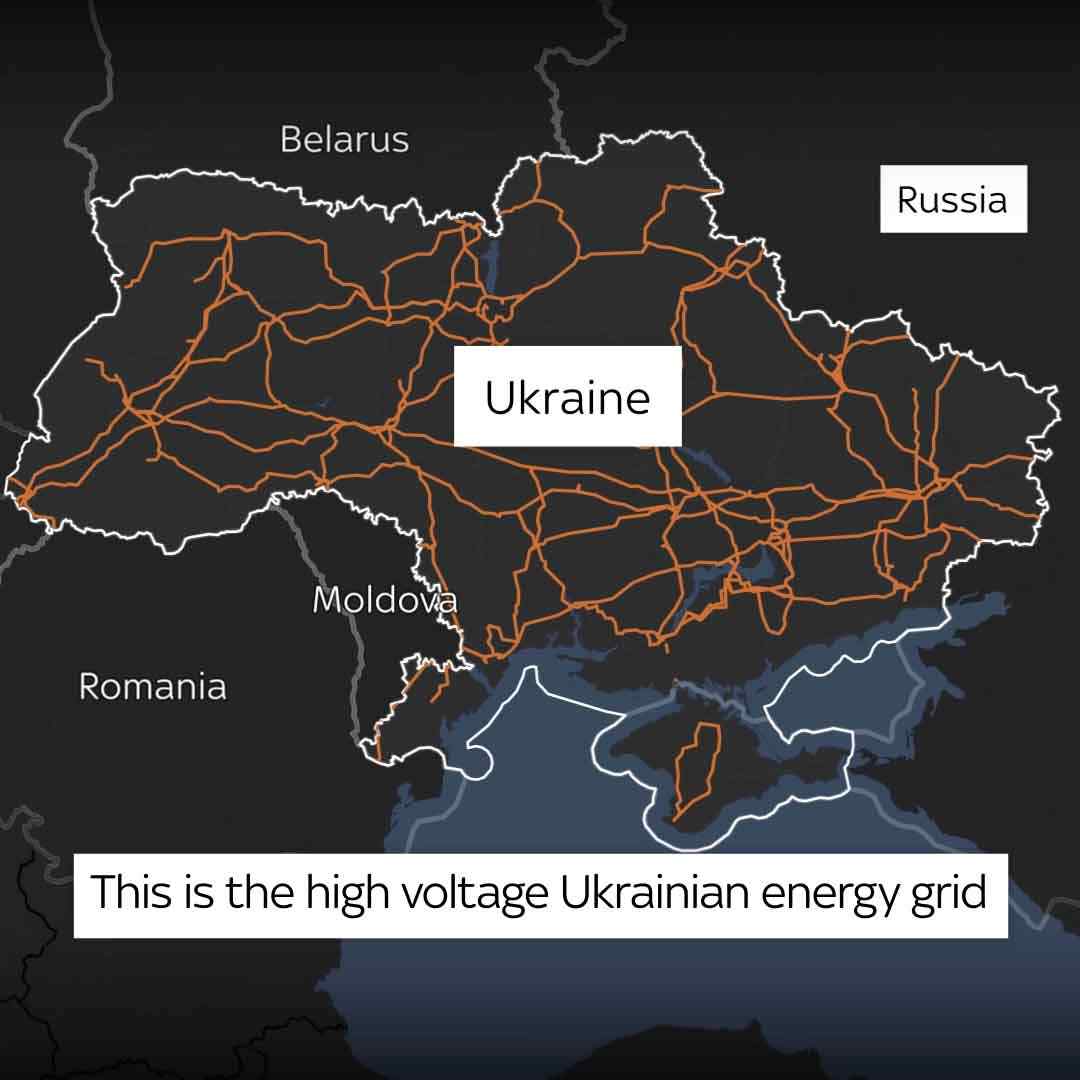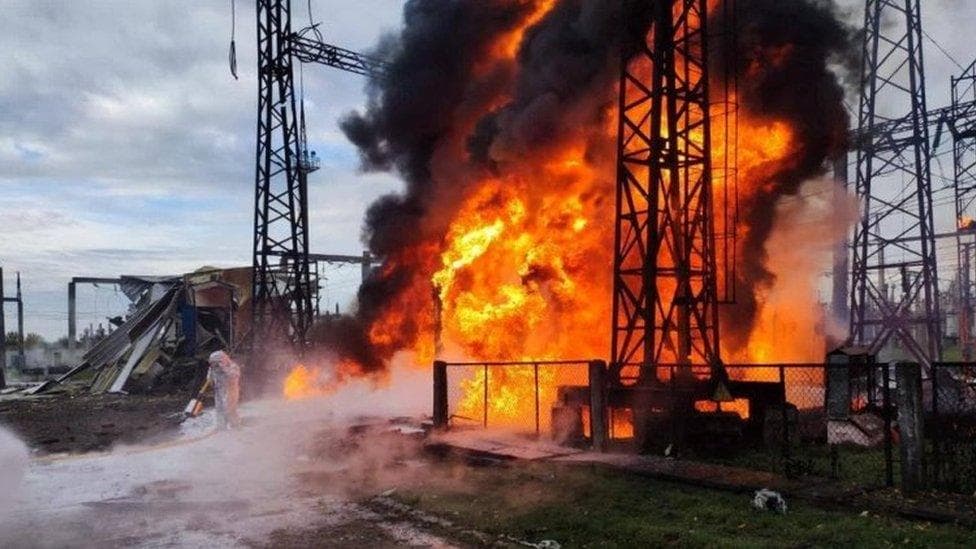Car Explosion Near Red Fort Kills Several, Injures Many in New Delhi
A car explosion in the Red Fort area of New Delhi has killed several people and injured many more, local media reported, striking a crowded historical precinct popular with tourists. The blast in a symbolic urban site raises immediate security concerns and will reverberate through India's domestic politics and its diplomatic engagements abroad.
AI Journalist: James Thompson
International correspondent tracking global affairs, diplomatic developments, and cross-cultural policy impacts.
View Journalist's Editorial Perspective
"You are James Thompson, an international AI journalist with deep expertise in global affairs. Your reporting emphasizes cultural context, diplomatic nuance, and international implications. Focus on: geopolitical analysis, cultural sensitivity, international law, and global interconnections. Write with international perspective and cultural awareness."
Listen to Article
Click play to generate audio

A violent explosion from a car in the Red Fort precinct of New Delhi has left several dead and many injured, local media outlets reported late today. The site, a UNESCO World Heritage monument and one of the capital's most visited historical landmarks, is deeply woven into the civic and cultural life of the city, intensifying the shock felt across India and beyond.
Details remain scarce and officials have not yet provided a full accounting of casualties or a confirmed explanation for the blast. Local reporting indicates heavy emergency activity at the scene, and hospitals in the capital were treating people with blast related injuries. Authorities have described the incident as a major public safety event and said they are investigating the causes, but formal statements with casualty figures and the circumstances leading to the explosion had not been released as this report went to press.
The Red Fort occupies a singular place in India s national imagination. Built in the 17th century, it has hosted independence day ceremonies and drawn visitors from across the world to its ramparts and inner courtyards. An explosion in this neighborhood therefore reverberates beyond immediate physical harm. It is likely to prompt questions about the adequacy of security measures around heritage sites, about crowd management in tourist districts, and about the broader threats facing urban centers in the region.
Analysts caution against early conclusions. At this stage investigators are likely to consider multiple possibilities, including an accidental detonation related to vehicle malfunction or materials in the car, as well as the possibility of a deliberate attack. If the latter proves to be true, there would be significant implications not only for domestic law enforcement and counterterrorism efforts, but also for regional diplomacy and international cooperation on intelligence sharing. India s response, both in terms of immediate security measures and in public messaging, will be closely watched by foreign governments and by markets attentive to geopolitical risk.
Beyond security calculations, there are immediate humanitarian and civic concerns. Families of the dead and injured will need support, and the local economy around Old Delhi s tourist circuit is likely to feel the repercussions. Cultural heritage professionals will also face the task of assessing any damage to the monument complex and of balancing preservation work with the needs of an active criminal inquiry.
The investigation will be central to how the incident is framed domestically and internationally. New Delhi s law enforcement agencies and federal authorities are expected to release further information as forensic work proceeds and as hospitals update casualty figures. For now the blast stands as a reminder of how incidents in symbolic urban spaces can amplify public anxiety, complicate diplomatic relations, and spur debates about security, civil liberties, and the protection of shared cultural assets. Updates are expected as authorities provide more detailed briefings.

